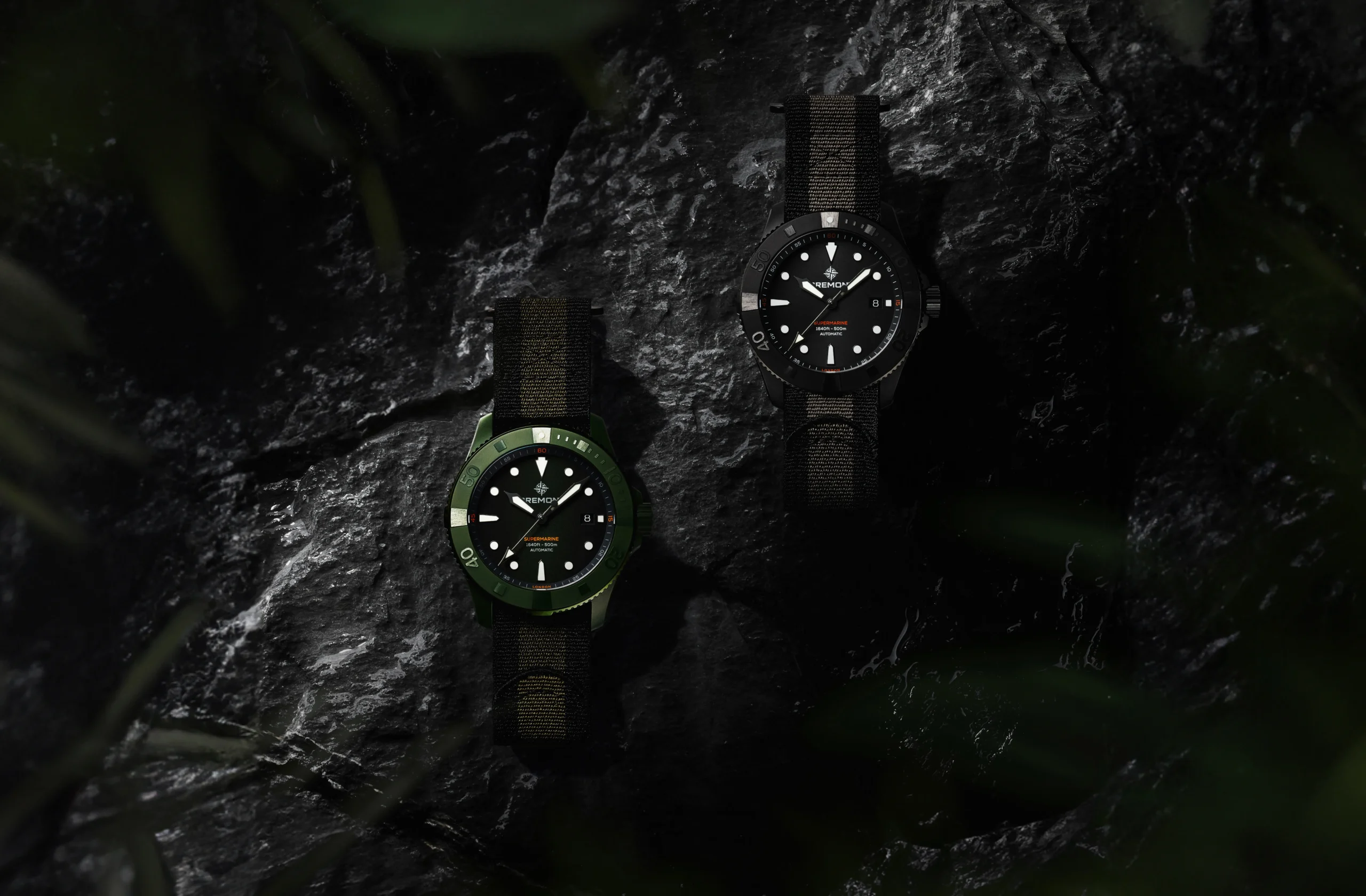Bremont pivoted to a new direction with the brand earlier this year at Watches & Wonders, and the move has been met with mixed reactions. This was more than a shift in branding, bringing an entirely new approach to how they build their watches. I won’t relitigate aesthetic issues with the Terra Nova here, but the idea of creating more accessible watches that still capture the spirit of adventure the brand is known for is admirable. That said, old habits die hard. The new Supermarine collection welcomes two ceramic cased references this week, and while they bring a bit more personality to the table compared to the Supermarine watches released at Watches & Wonders, it comes at a cost.
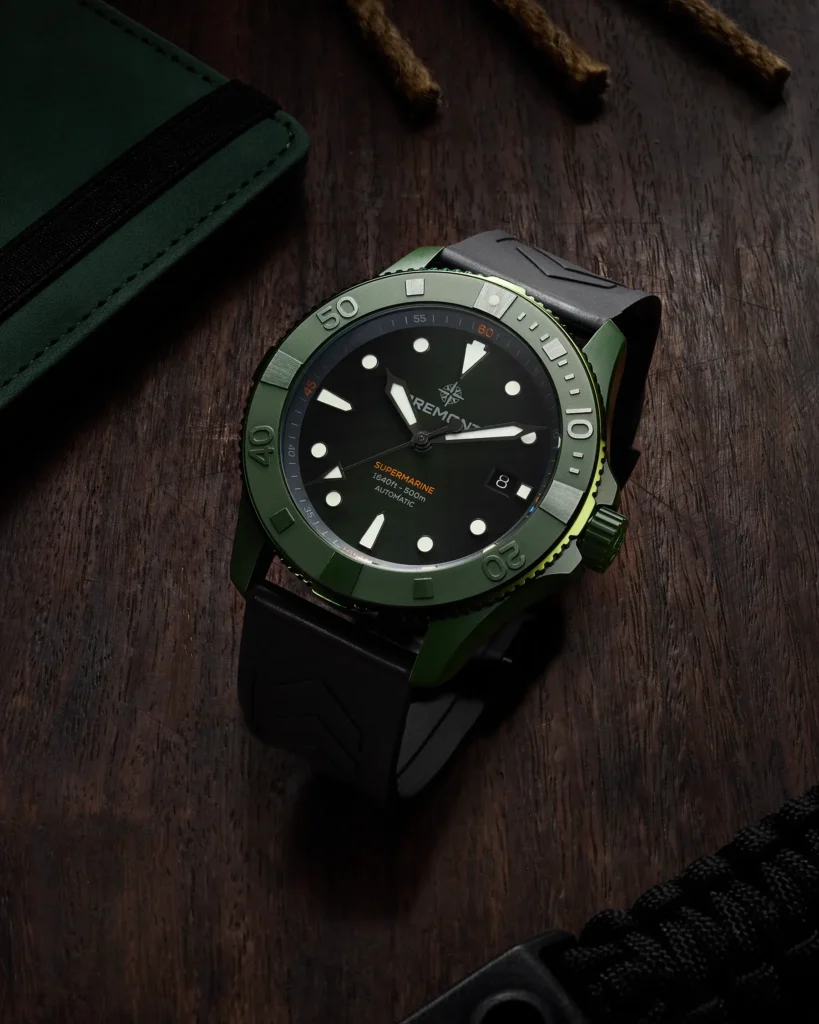
When I think of Bremont at their best, my mind immediately goes to the Trip-Tick cases, the Martin Baker design language, and the original Superocean. Each of these elements was distinctive in a landscape rife with safe, but generic designs. The costs were high, but the build quality was there, and the brand built a loyal following thanks to their reputation for focusing on the right details (most of the time), like a pair of Red Wing boots. These were watches you bought to use and use hard. These were watches you bought for life.
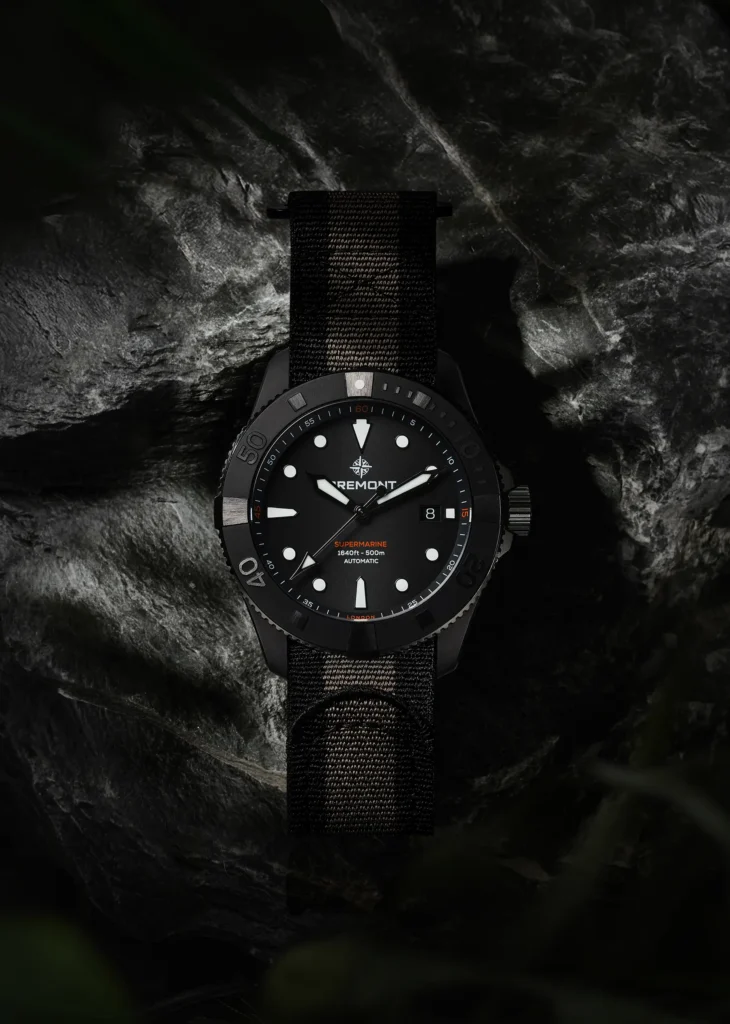
The promise of the new Bermont was that of pragmatism. The hard core (and harder to manufacture) elements would be toned down in favor of creating watches more broadly accessible to enthusiasts. The new brand aesthetic would step in to provide the personality. Unfortunately, this brings the brand more inline with far more competitors building equally compelling watches in their own way. So while the upside of a larger market is certainly there, the brand’s unique selling proposition has changed.

My feelings on the new Supermarine revealed at Watches & Wonders were largely ambivalent, and the watch, while certainly not offensive by any stretch, didn’t really distinguish itself in any interesting way compared to the many other capable divers on the market in the same price range. The old S500 case was a far more interesting proposition, for my money. That said, I certainly understand the appeal of the new models.
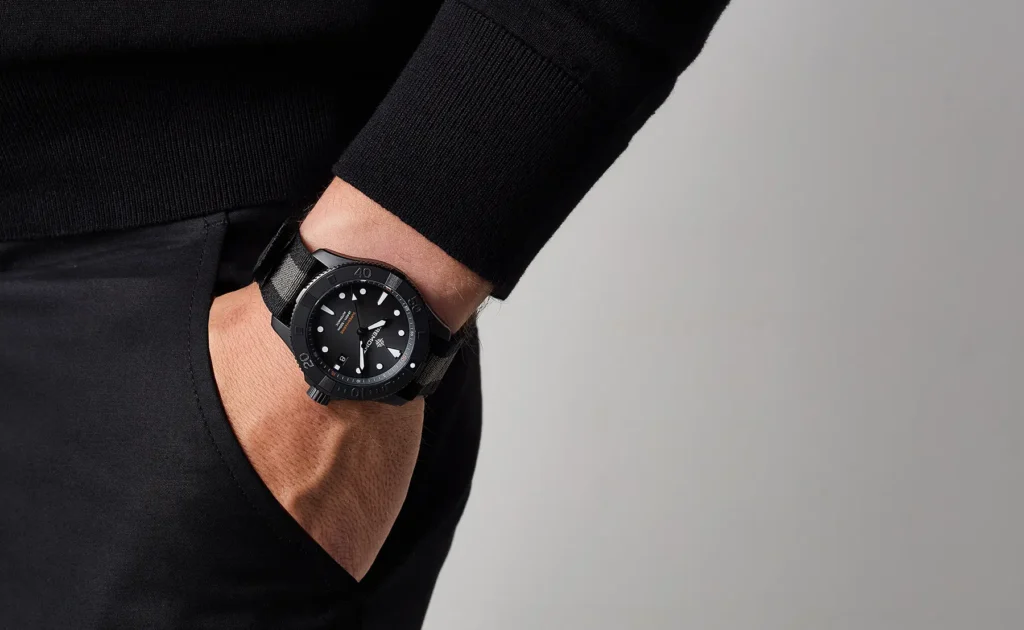
This brings us to the new ceramic Supermarine watches released this week. These watches, released in green and black ceramic, dial up the personality to more interesting territory. The 43mm case plays it safe, but the bezel assembly gets a more chiseled look that leans into the blocks at the cardinal positions seen on the steel models. It’s an all around more muscular look for the watch that works well with these two color options. The dial picks up the same color as the case, with only light orange accents to break up the base colors and the high contrast lume applications.
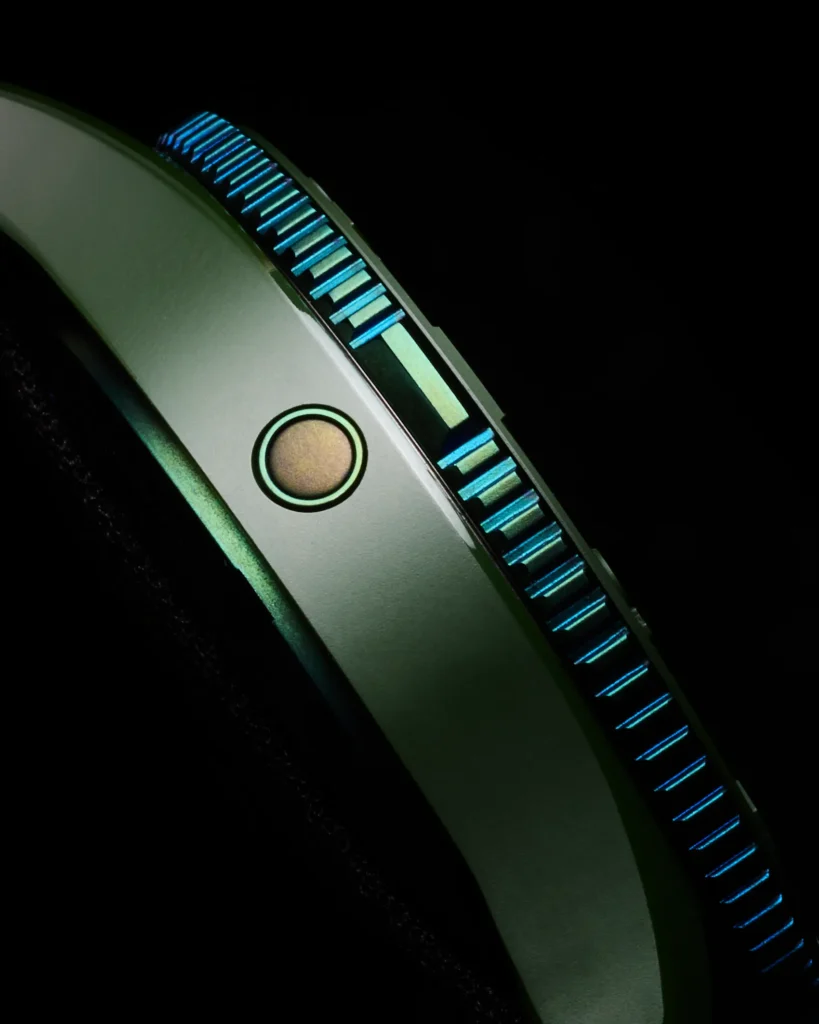
These are large watches, and moving the crown up to the 2 o’clock position as we’ve seen on past Supermarines would have been a welcome move, as well as differentiated the case at the same time. But they are rendered in ceramic, and the head of the watch weighs just 74 grams, making it not quite ultra-light, but certainly light, especially given its size. Bremont is using a modified caliber 11 1/2’’’ BE-92AV with these watches, which is a Sellita SW200 base, set within a 500M water resistant case. With that in mind, the total thickness feels relatively reasonable at 13mm. In total, this is a watch that should wear quite well, especially on the fabric strap with a hook and look secure point. I quite like the strap options here, and it’s something that should get broad applications across the brand’s offerings.
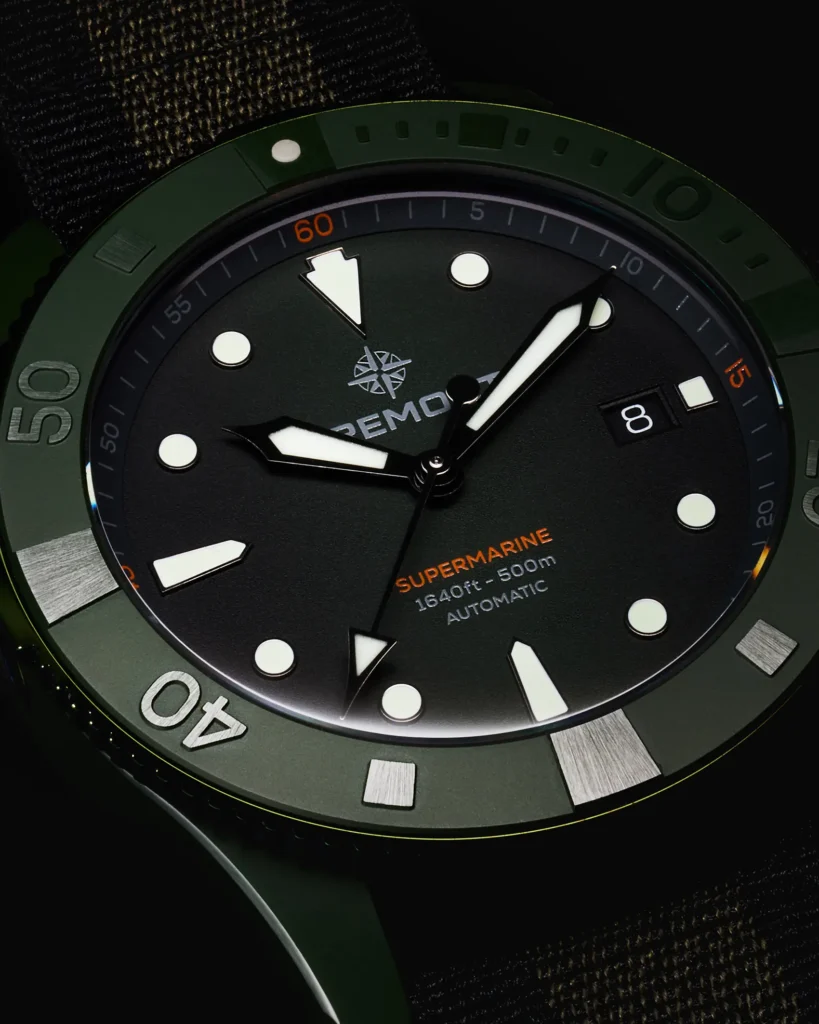
The Supermarine ceramic in ‘Jungle Green’ is a limited edition, and will see 250 pieces produced, while the black ceramic case will join the regular production collection. The green LE is priced at $6,950, while the black is priced from $6,450. These prices seem to go against the repositioning of the brand, and don’t feel entirely inline with comparable watches in the marketplace. This is exactly the issue suffered by earlier Bremont watches prior to the rebranding, however, as discussed, these don’t have the same magic as the older models, leaving them in an outright difficult position here.
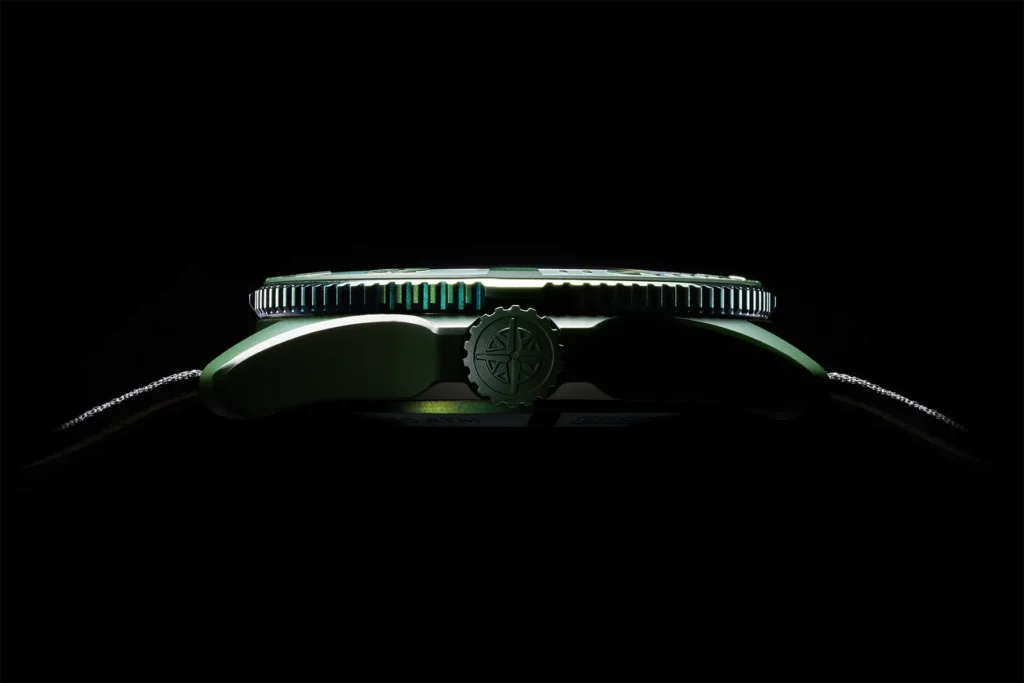
We can charitably view these watches as a necessary step in rebuilding a vision that hasn’t become quite clear yet. With Divide Cerrato now at the helm (the man behind the Tudor’s Black Bay release in 2012), it may be worth giving the brand’s actions the benefit of the doubt, but that will only last so long. My hope is that they do find their footing, and regain that special touch that drew many of us to the brand a decade ago. Watch this space. Bremont

